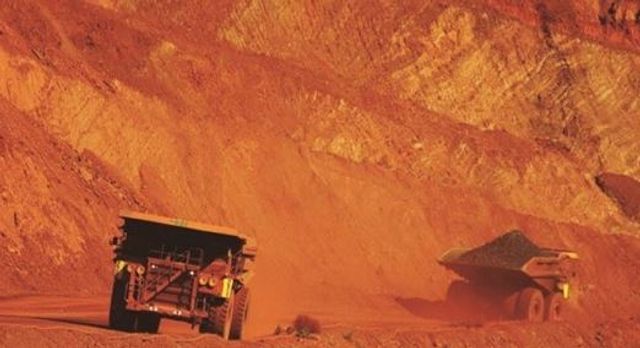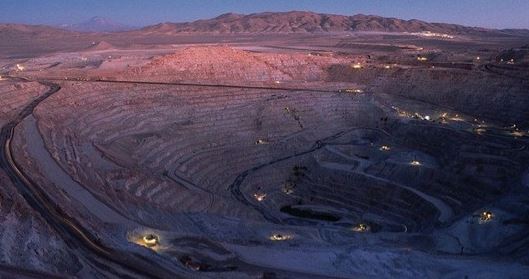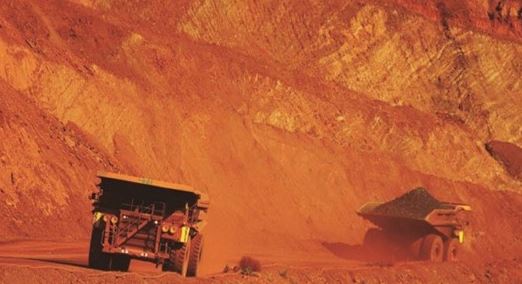
Undoubtedly, 2015 will go down in the history books as one of the worst years on record for mining companies, hit by record-low commodities prices that forced them to axe jobs, dividends, production and sell assets.
By Cecilia Jamasmie www.mining.com
Undoubtedly, 2015 will go down in the history books as one of the worst years on record for mining companies, hit by record-low commodities prices that forced them to axe jobs, dividends, production and sell assets.
The main question for next year is whether miners will see the beginning of a recovery phase or they will have to get used to what some describe as the “new normal”, characterized by oversupply and weak markets.
While the jury is still out on the issue, most analysts believe that commodities will continue to ‘bump along the bottom’ until there is a pick-up in global economic growth.
See what the consensus seems to be for some of the most watched commodities:
Copper
Goldman Sachs and Citi expect the industrial metal to rebound from the six-year-low it hit in November, to trade around $4,500 a tonne in 2016. But don’t expect much more than that, as the red metal will likely remain in the doldrums over the next couple years as multibillion-dollar projects commissioned during boom times come on stream.

Iron Ore
After hitting a ten-year low of $39.60 in early December, iron ore losses have continued. Prices are now expected to fall to $38 per tonne for most of 2016, and around $35 in 2017 and 2018. Long-term, analysts expect iron ore to settle at $34 a tonne.

Coal
Coal’s struggles are likely to continue in 2016. Analysts anticipate oversupply, sluggish demand and low natural gas prices to continue weighing on the industry, placing greater strain on companies already groaning beneath the weight of their debts. Wood Mackenzie expects coal consumption to fall by roughly 20 million tons next year, while UBS Group is even more bearish, expecting demand to drop by 30 million tons in 2016, coming on the heels of a 12%, or 100 million ton, reduction this year. Prices, in turn, are expected to continue trading at record lows next year.

Diamonds
While prices for both, rough and polished diamonds dropped about 20% this year, the consensus among top producers such as ALROSA, De Beers and Rio Tinto is that the market will pick up by mid-2016. Bain & Company and the Antwerp World Diamond Centre (AWDC) expect rough-diamond demand to grow at an annual rate of about 3% to 4% over the next 15 years. Meanwhile, the aging and depletion of existing mines and relatively little new supply coming online, will eat into supply by 1% to 2% per year from 2015 to 2030, causing the gap between supply and demand to widen starting in 2019: ‘Despite an anticipated slow-down due to weaker economic growth and slowing expansion of the middle and upper classes, the Chinese market will likely stay flat in 2016 before an anticipated recovery in 2017 that is expected to lead to 4% to 5.5% annual growth through 2030.’
